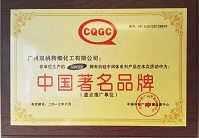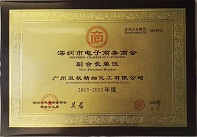
![]() E-mail: admin@gz-chemical.com
E-mail: admin@gz-chemical.com
Email us,best price and silane solutions for you!
Tel:+86 (20) 29035969

![]() E-mail: admin@gz-chemical.com
E-mail: admin@gz-chemical.com
Email us,best price and silane solutions for you!
Tel:+86 (20) 29035969


Hydrogels are commonly used as biomaterials for applications in biomedicine due to their
biocompatibility. However, the relationship between biological cells and the hydrogel surfac
e is still unclear and the existing parameters to explain the interactions are not sophisticated
enough. In a recent study, Jooyoung Lee, Boa Song and co-workers at the Center for
Biomaterials and the Department of Polymer Engineering in the Republic of Korea studied
the impact of polymer chain flexibility on cell adhesion, with a variety of hydrogel constructs
composed of the natural polymers collagen and fibrin.
They introduced a new method of semi-flexible, model-based analysis to confirm that chain
flexibility mediated the hydrogel microstructure as a critical factor that allowed cell adhesion
at the cell-material interface. The analysis proposed in the study is able to more accurately
predict biocompatibility (cytocompatibility) of hydrogels. Results of the work now published
in Scientific Reports, provide an important criterion for polymer design and development by
enhancing biocompatibility and biofunctionalization at the cell-material interface for
biomedical applications in vivo.
Hydrogels are made of polymer networks swollen with water and have applications in drug
delivery and tissue engineering. Cell-material adhesion is crucial for in vivo
biocompatibility and most studies have tested cell behavior by analyzing bulk stiffness of the
materials composition. Nevertheless, communication between cells at the hydrogel surface
remains to be accurately understood. The FDA approved natural polymers collagen and
fibrin, provide excellent biocompatibility for biomedical applications. Also known as semi-
flexible polymers, they do not comply with models of flexible chain solutions or rigid-rod
networks. The semi-flexible model allows the prediction of chain flexibility of polymer netwo
rks by experimentally scaling the elastic plateau modulus.
In the new study, Lee and Song et al. proposed a new, semi-flexible model-based analysis to
understand cell adhesion to hydrogels using the well characterized collagen and fibrin
polymers. They used three different collagen and fibrin constituents, to investigate the factors
that determined cell adhesion:
Guangzhou Double Peach Fine Chemical Co.,Ltd
Address: No 3401 Huangpu East Road, Huangpu District, Guangzhou, China
Tel:+86 (20) 29035969 Fax:+86(20)29035979
Tel/Wechat/Whatsapp:0086 13826126978 admin@gz-chemical.com